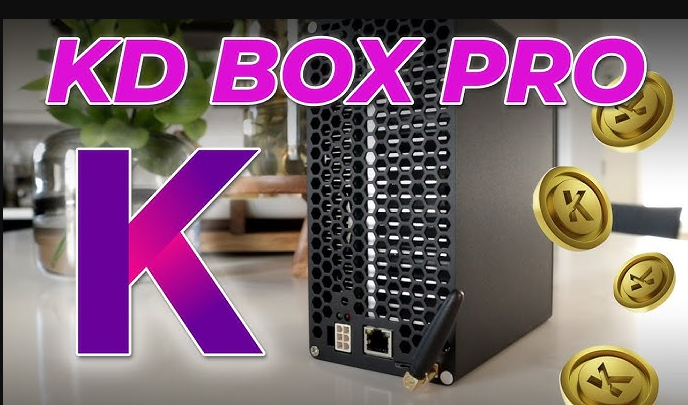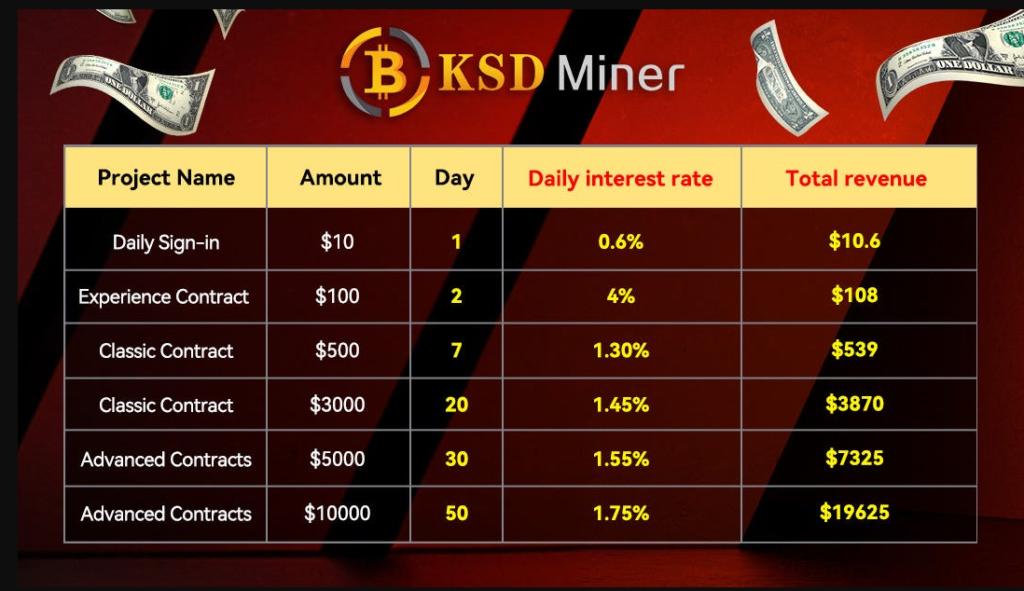🔍 Introduction: What Is the KSD Miner?
Cryptocurrency mining has evolved quickly, and tools like the KSD Miner have made it easier for beginners to join this digital gold rush. The KSD Miner is a powerful and energy-efficient ASIC mining device designed to mine cryptocurrencies like Bitcoin and Litecoin. If you’re new to mining and want to learn how to use KSD Miner efficiently, this beginner’s guide is for you.
This article will walk you through everything you need—from setup to optimization—using simple language. Whether you’re a techie or a curious newcomer, you’ll find value here.
💡 Why Choose the KSD Miner?
Before we get into the “how,” let’s answer the “why.” What makes the KSD Miner a preferred choice?
- High Hashrate: Delivers competitive mining power.
- Energy Efficient: Lower electricity bills mean higher profits.
- Easy Setup: Plug-and-play design.
- Durability: Built to run 24/7 with minimal failure rate.
It’s a perfect fit for home-based and small-scale miners looking for good ROI (Return on Investment).
🧰 What’s in the Box? Unboxing the KSD Miner

When you receive your KSD Miner, you can expect:
- KSD Miner Unit
- Power Supply Unit (PSU)
- User Manual
- Cooling Fans (Pre-attached)
- Ethernet Cable
Ensure everything is packed well and in good condition. Avoid using a damaged device as it may lead to loss of investment.
🔌 Step-by-Step Setup Guide for KSD Miner
Let’s break down the installation into easy steps:
Step 1: Choose the Right Location
Find a space with good ventilation and minimal dust. Mining devices can generate heat, so proper airflow is important.
Step 2: Connect the Power
Attach the PSU to your miner and plug it into a stable electric outlet. Always use a surge protector to avoid power spikes.
Step 3: Internet Connection
Connect the Ethernet cable from your router to the miner. A wired connection is more stable than Wi-Fi and helps avoid downtime.
Step 4: Access the Interface
- Find the IP address of the miner (check router or use a scanner tool like “Angry IP Scanner”).
- Enter the IP into your browser.
- Login with default credentials (usually admin/admin).
Step 5: Configure Pool Settings
- Enter the details of your chosen mining pool (URL, worker name, and password).
- Click “Save & Apply.”
After this, the miner will start mining automatically.
⚙️ Choosing the Best Mining Pool for KSD Miner
Your mining pool determines your rewards. Here’s how to choose wisely:
- Low Fees: Look for pools with fees under 2%.
- Consistent Payouts: Pools that offer daily or instant payouts are better.
- Server Proximity: Choose a server close to your location for better connection.
- Reputation: Stick with pools like F2Pool, SlushPool, or ViaBTC.
📈 How to Monitor Mining Performance
The KSD Miner dashboard will show:
- Hashrate (MH/s or TH/s)
- Uptime
- Temperature
- Fan Speed
- Accepted/Rejected Shares
Check the stats regularly to ensure everything is running smoothly. If the hashrate drops suddenly, it could be due to overheating, internet issues, or incorrect pool settings.
❄️ Cooling Tips to Avoid Overheating
Mining generates a lot of heat. Follow these tips:
- Use an external fan or cooling system.
- Install the miner in a well-ventilated room.
- Clean dust from fans regularly.
- Avoid placing it near other heat-generating devices.
Overheating can reduce performance and even damage your device.
🔧 KSD Miner Maintenance Checklist
Keep your miner running efficiently by doing the following:
- Clean air vents every 2–4 weeks.
- Update firmware regularly (available on the official site).
- Monitor power usage.
- Check for system errors or warning signs on the dashboard.
- Restart the miner once every few weeks to clear cache memory.
💵 How Much Can You Earn with KSD Miner?
Your earnings depend on:
- Cryptocurrency price
- Electricity cost
- Hashrate of the device
- Mining difficulty
- Pool efficiency
You can use websites like WhatToMine to estimate your profits. Enter your hashrate, power usage, and cost per kWh to see daily, weekly, and monthly returns.
⚠️ Common KSD Miner Errors and Fixes
| Error | Possible Cause | Solution |
|---|---|---|
| Low Hashrate | Overheating or bad internet | Improve cooling or switch cable |
| No Internet | Cable unplugged or router issues | Restart router and check cable |
| Fan Error | Blocked fan or malfunction | Clean or replace the fan |
| High Reject Rate | Pool lag or weak signal | Change pool or ensure LAN use |
🔄 When and How to Update KSD Miner Firmware

Updating your miner’s firmware can unlock new features or fix bugs.
Steps:
- Visit official KSD Miner website.
- Download the latest firmware.
- Access miner dashboard.
- Go to “System > Upgrade” and upload the file.
- Reboot the device.
Always back up your settings before upgrading.
🌐 Can You Mine Multiple Coins with KSD Miner?
Most KSD Miners are built for ASIC mining, which means they’re optimized for specific algorithms like SHA-256 or Scrypt.
- Bitcoin, Bitcoin Cash: SHA-256
- Litecoin, Dogecoin: Scrypt (if supported by model)
You can’t mine Ethereum with it, but you can switch between compatible coins by adjusting your pool settings.
❓FAQs – KSD Miner for Beginners
Q1: How much electricity does a KSD Miner use?
A: On average, around 1300–1600W per hour depending on the model. Always check your specific device’s manual.
Q2: Can I use Wi-Fi for KSD Miner?
A: Not recommended. A wired Ethernet connection is more stable and reliable.
Q3: Is the KSD Miner noisy?
A: Yes, it can be loud due to its industrial fan. It’s best placed in a separate room or garage.
Q4: What happens if the miner overheats?
A: The device may auto-shutdown or throttle performance. Use cooling fans and monitor temperatures.
Q5: How long does a KSD Miner last?
A: With proper maintenance, it can last 3–5 years or more.
🧠 Expert Tips for Efficient KSD Mining
- Mine when electricity is cheaper (off-peak hours).
- Join a reliable mining pool instead of solo mining.
- Track crypto prices to decide when to hold or sell mined coins.
- Use smart plugs to monitor and schedule usage.
- Keep firmware and software updated for security and performance.
🏁 Conclusion: Is KSD Miner Right for You?
If you’re just starting out in the world of crypto mining, the KSD Miner is a strong and user-friendly option. It offers decent hashrate, low power consumption, and is easy to set up—even for beginners. By following the tips and steps shared in this guide, you can maximize efficiency, reduce errors, and potentially earn a solid passive income.
Remember, crypto mining is not a get-rich-quick scheme. It takes planning, patience, and ongoing optimization. But with the right knowledge and the right tools—like the KSD Miner—you’re already on the path to success.



